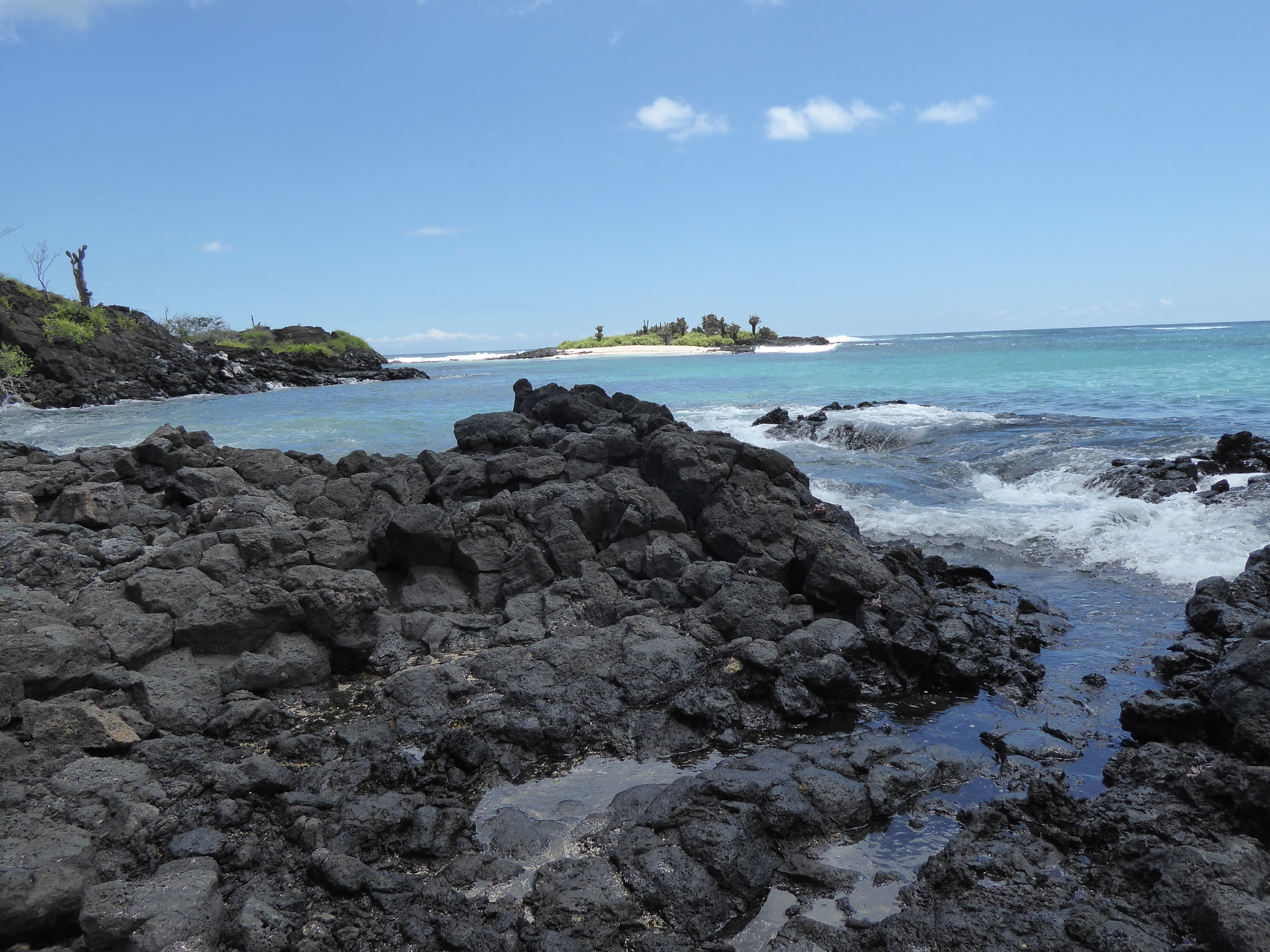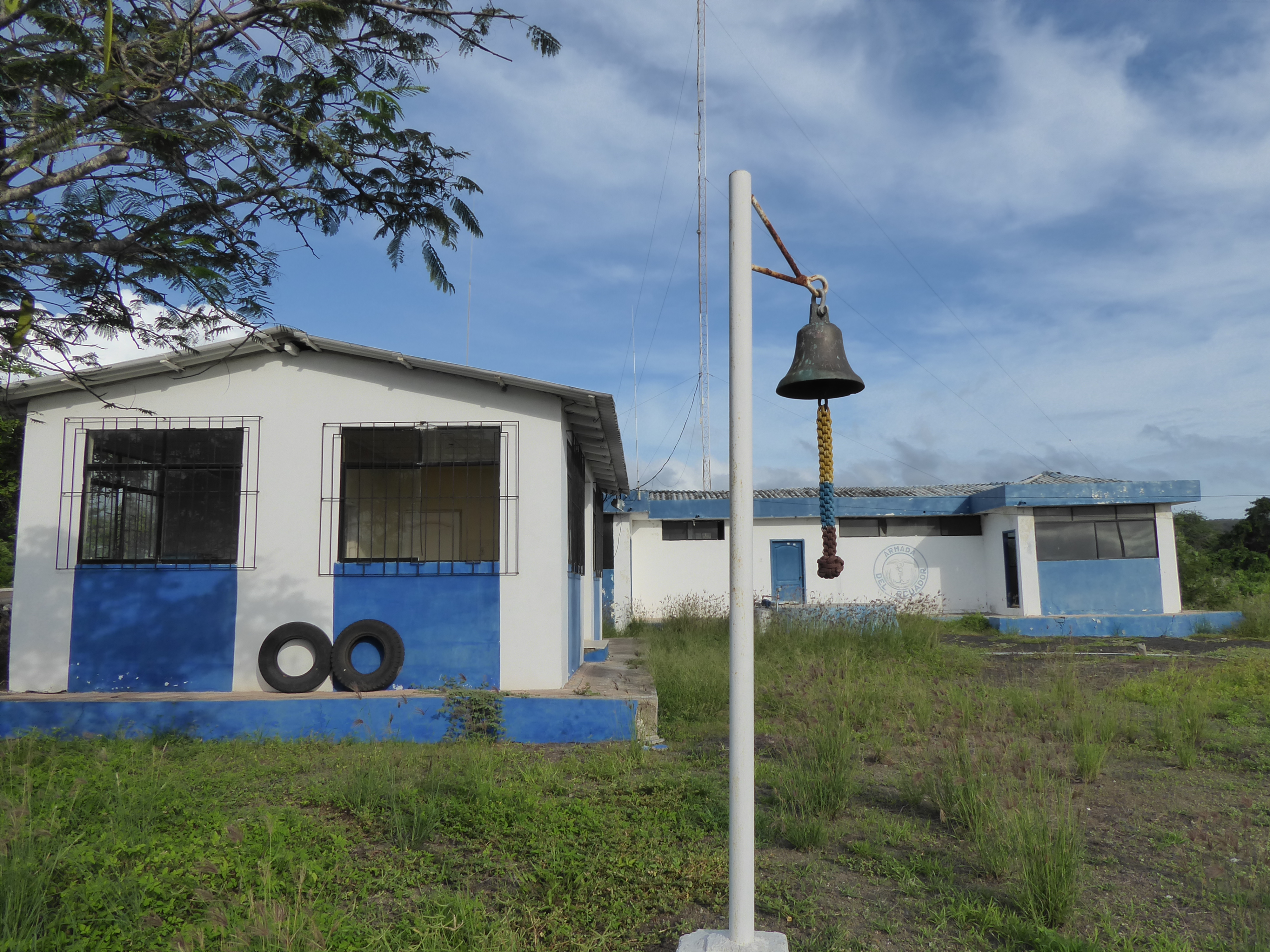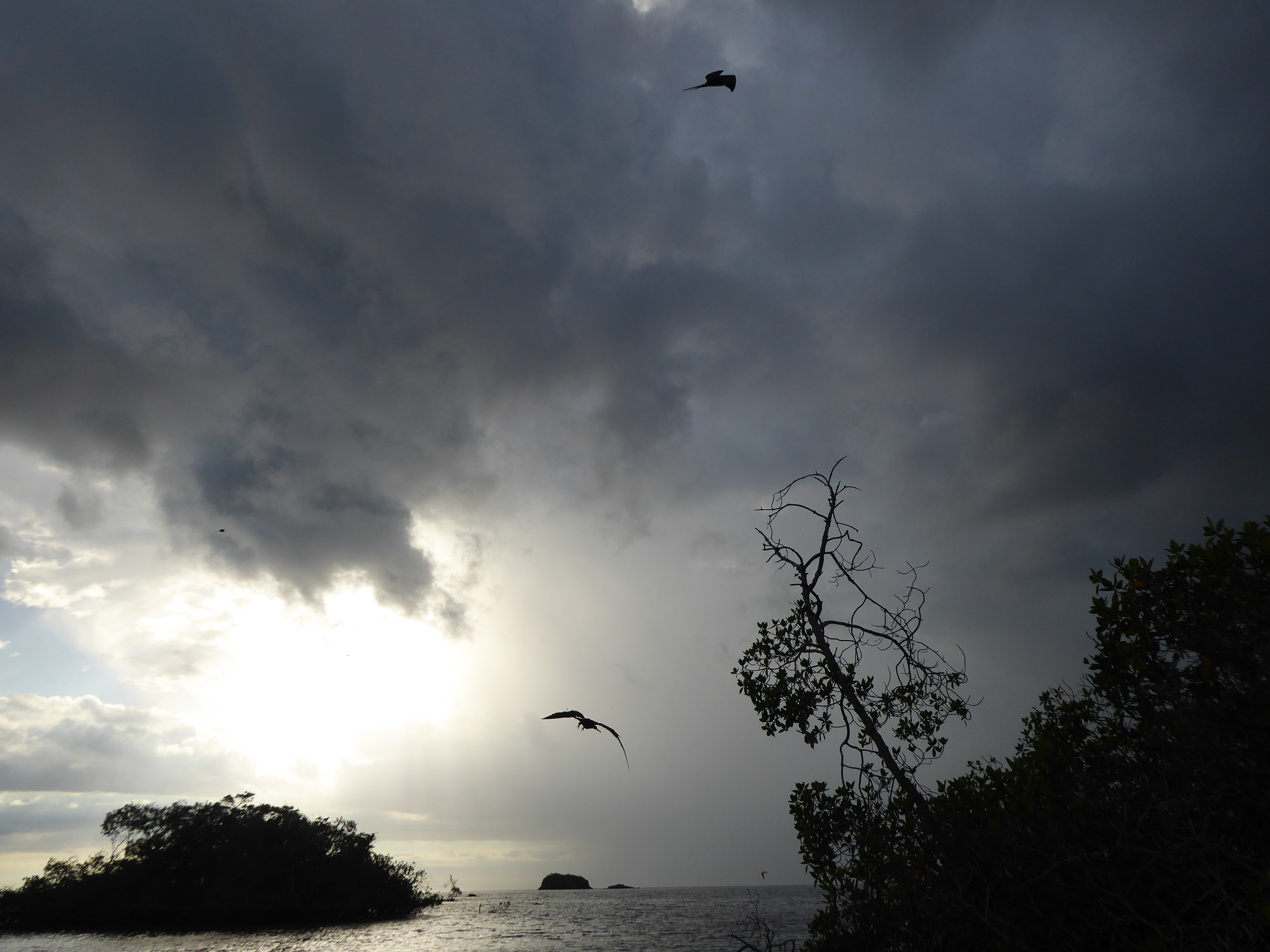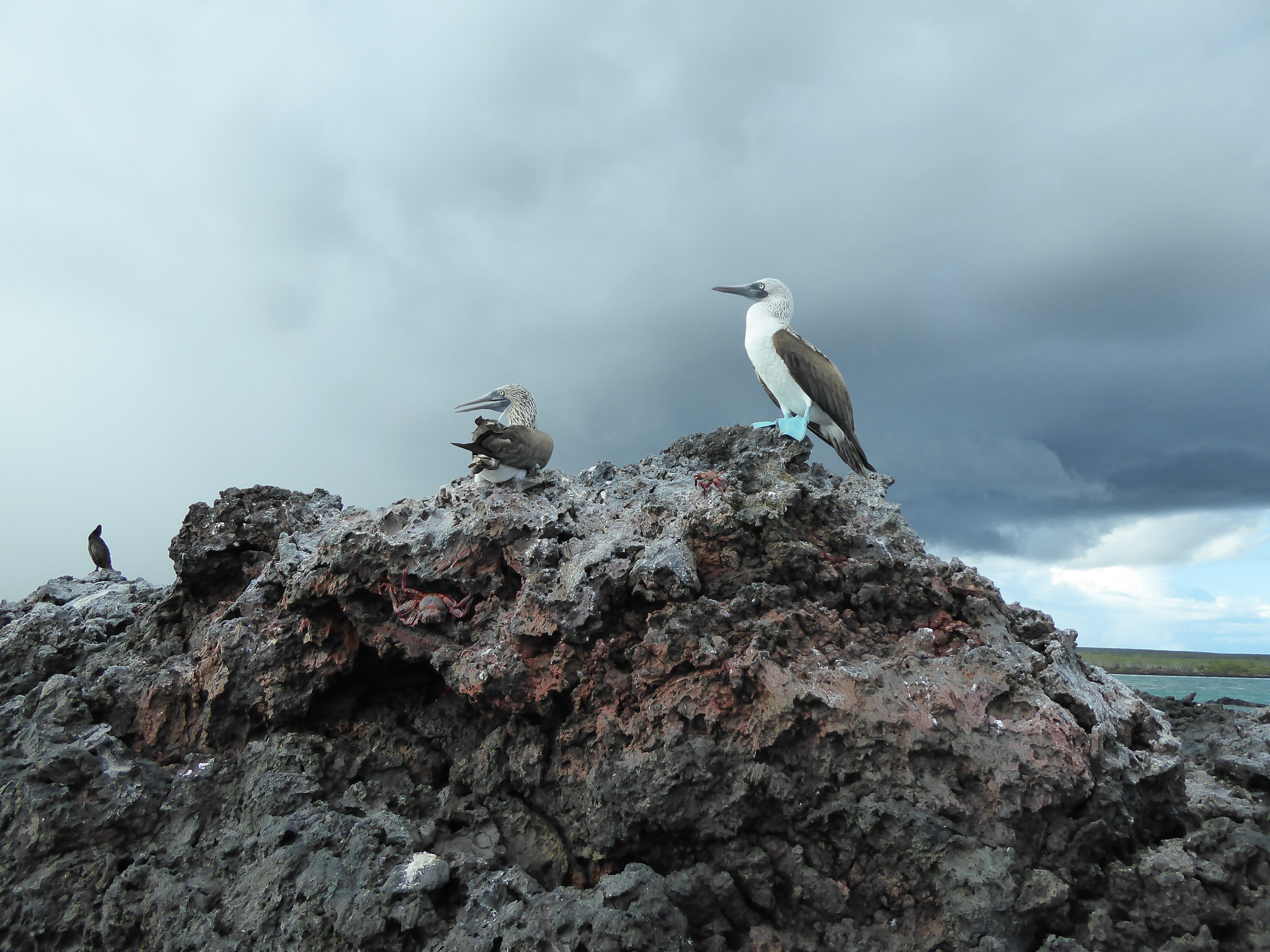 For most tourists, Floreana is a day or overnight visit and my decision to stay a week was outright discouraged. “Es muy tranquilo!” literally “It’s very quiet.”, but meaning, “There is nothing to do there!” Nonetheless, I was intrigued by an inhabited Galapagos island that has changed little in fifty years and the Wittmers, who settled here.
For most tourists, Floreana is a day or overnight visit and my decision to stay a week was outright discouraged. “Es muy tranquilo!” literally “It’s very quiet.”, but meaning, “There is nothing to do there!” Nonetheless, I was intrigued by an inhabited Galapagos island that has changed little in fifty years and the Wittmers, who settled here.
Heinz and Margret Wittmer, disillusioned with their lives in Germany, and inspired by Dr. Ritter (a vegetarian, nudist, dentist who published accounts of his Edenic life on Floreana), packed up their possessions and set off in 1932 to live on this speck of volcanic land, roughly 600 miles off the coast of Ecuador, (Floreana by Margret Wittmer offers her fascinating account.)
The Hotel Wittmer run today by their daughter Ingebor a.k.a. Floreanita and granddaughter, Erika, is where I wished to stay and booked a room before my arrival. The reservation proved unnecessary. I was often the only guest.
My room for $25/night had a private balcony with hammock on playa negra (aptly named black beach), table and chairs, overhead fan, double bed, and dresser: simple, but comfortable. The sea lay barely a stone’s throw away and lulled me to sleep. I awoke to the sound of the surf and the kireee, kireee, kireee song of the birds who flitted amongst the coconut palms. Sea turtles, sea lions, and pelicans were often passing by and the iguanas, lizards, and finches were never far.
My arrival coincided with Floreanita’s eightieth birthday. I was invited for cake with the guest of honor, her three daughters, three grandchildren, and nephew, mostly visitors. Only she and Erika still reside on Floreana. The following day I took a boat trip with the family, but any questions I would have loved to pose regarding their lives on the island remained unasked. l sensed they were either tired of such inquiries or had never enjoyed discussing their unique circumstance with curious outsiders.
Modern life, despite the information I had received, has come to Floreana after all: cell phones and wifi are present, but service is intermittent and the very few motorized vehicles are rarely seen. The three chivas are used to transport the tourists to the highlands and the handful of pickup trucks and jeeps are used by locals to attend to their fincas (farms) a few miles away. There are no taxis but I and my two companions (a French couple- they had planned on staying four nights and left after two) were offered a ride back from a hike in the highlands.
The population is around 150. There is one school for the roughly 27 students ages 5 through 14. Older students must travel to Santa Cruz or the mainland to continue their studies. There are no shops per se (except for a tiny room connected to a home with a sparse supply of eggs, biscuits, papaya, cucumber, and yogurt when in stock). Most goods are grown organically on the island for personal use and/or exporting: coffee, pineapple, guavas, oranges, watermelon, papaya, corn, wheat, cows, pigs, chickens and burros. Once a month a ship comes from Guayaquil transporting goods or residents make the two-hour boat trip to Santa Cruz.
The dining options were limited to four eateries. The hotel offered decent meals, but little charm. It served as my breakfast spot. For lunch and dinner I went elsewhere. Perseverance was needed and advance notice was mandatory. If my reservation at an eatery was accepted, I would find a place setting awaiting my arrival. I was often the only diner.
After a delicious meal my first evening I was told the owner/cook would be leaving for a week. It was a tough break! The second best was open when the owner was up to it. She had been tuckered out by a large group of tourists the previous week and needed to rest. The last option, with the least talented cook, was usually open and the warm, engaging locals who congregated there made up for the lack of gastronomic pleasure.(Although the choice of meals:tuna-not out of a can-and chicken served with rice, potatoes and salad were the usual choices everywhere,the preparation made all the difference.)
Despite some adjusting to the pace and rhythm, my week went all too fast. I adapted quickly to this unique enclave.
What did I do in a place “with nothing to do”? I listened to the surf and birds, swam daily and snorkeled with sea turtles and sea lions, visited the caves that housed pirates and the Wittmers when they first arrived, saw grazing giant tortoises and the usual array of creatures, kayaked in a turquoise sea, hiked along a gorgeous rocky coast and to the top of a hill/volcano(?) with a magnificent view at sunset, read, wrote, and napped during the oppressive heat of the afternoons, walked the quiet empty road at night gazing at the stars, thwarted the bites of ravenous mosquitos, and chatted with those who call Floreana home.

